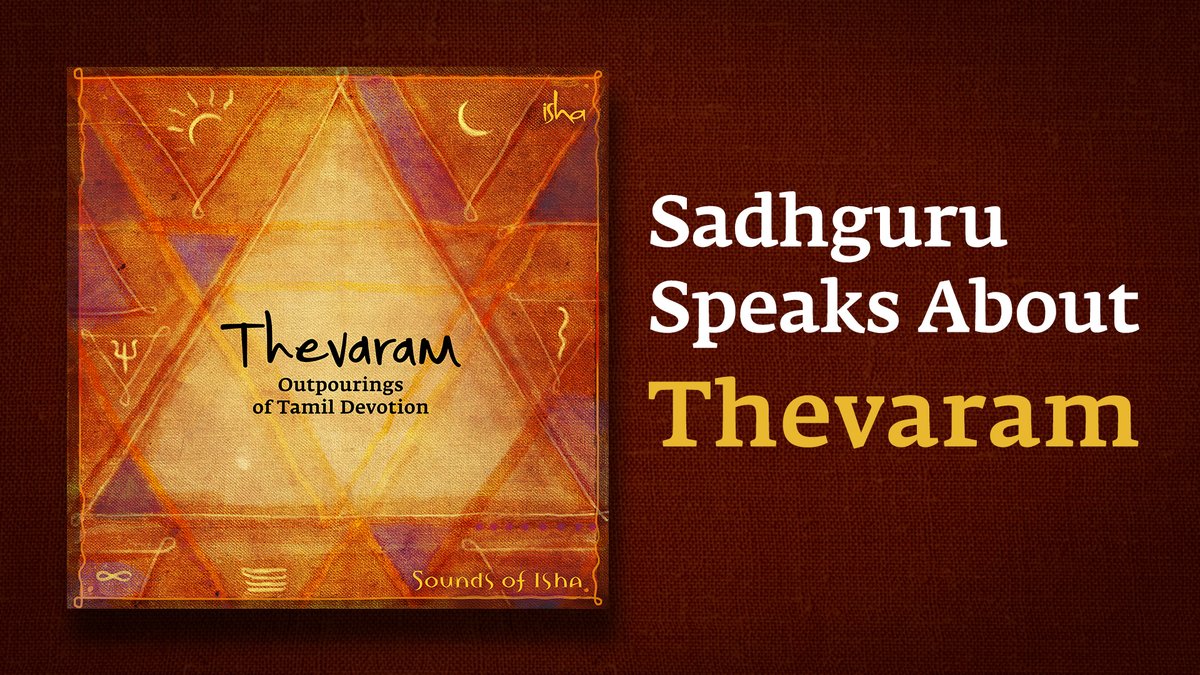


Pithaa Pirai Soodi Suntharar Seven 1 Inthalam Mayamalava Rupakam Gowla 7. Sottrunai Vedhiyan Appar Four 1 Gandhara Kedhara Adi Panjamam Gowla 6. Maaner Vizhi Sampanthar Three 3 Kolli Navaroj Misra Chapu 5. Angamum Vedhamum Sampanthar One 1 Nattapadai Gambeera Adi Nattai 4. Pidiyathan Uruvumai Sampanthar Viyazhkurji Sourashtram or Nattapadai or Gambeera Talam Rupakam Nattai 3. Thodudaiya Seviyan Sampanthar One 1 Nattapadai Gambeera Nattai 2. 3 degrees of speed Thirumurai Payitchi Thevaram or Composer Thiru Katt Pann Associated Thirupadal murai alai Ragam 1. Alankaram Ekam & Rupakam to be practised 3 Kaalams i.e. “Music as History of Tamilnadu”, Primus Books Publishers Pg: 62.1 Grade 1 to 7 Syllabus Effective from 2009 Web page: Norval Road North Wembley Middlesex HA0 3SX Tel: Tele-fax: Copyright reserved No part of this syllabus may be used or reproduced any form or by any means, or stored a database or retrieval system, without prior permission of the Academy.Ģ 2 Syllabus for First Grade (Mimum age to sit for exam - 7 years) Practical examation only For Sruti candidates can either use Thambura or Sruti Box Basic Carnatic Music All lessons to be practised Mayamalavagowla raagam.

But by virtue of hearing, the epitaph is near to ragam Harikamboji notes composed by thyagaraja as Rama nanu brovarara ( 7) than kripajoochutaku( 8) composition if you shift the epitaph scale to the scales used in the links below and also remove the gamakas. In thyagaraja’s composition MaGaMa jumping notes and plain prayogas of the other notes is seen often than in the ragam Harikamboji ( 6). There is also high relevance of the jumping usage of this ragam in asampurna form documented in sangitha sampradaya pradarshini as ragam harikedaragaula and the lakshana is not as Harikedaragaula but could be as ragam Chayatarangini ( 3). Besides, this Epitaph in order to remove the major scale effect has more jumping notes. The glory of this ragam in traditional rendition can also be compared to that of the greek music “Seikilos Epitaph” wherein if advanced gamakas is removed, the first half of the ascending will reflect the major scale similar to that of harikamboji reflected the sankarabharanam if you wander around the first 4 to 5 notes for a long time without shaking Ma Ga Ma gamaka and Da Pa Ma dive in the raga. Later in western music it is known as the mixolydian scale ( 2). The same scale in different order of notes rendition was called kodippalai as well in the thevaram style ( 2). It is said that the 7 holes in the traditional south indian instrument “Nadaswaram” is designed to produce this ragam when all the holes are in closed fashion ( 5). This raga is explored in tamil tradition as “sempalai” in the thevaram style of music. This ragam is also linked with ragam kamboji as the latter’s parent raga which is posted previously ( 4). This ragam is also a parent raga having all the notes similar to that of the major scale/ Sankarabharanam ( 3). The melody can be explained through carnatic music (Indian music) roots as Ragam Harikamboji ( 2). It is explained that the musical notation is AD 100 ( 1). Continuing with the hunting of lndian music aspects in other old forms of music, I found this video linked above quite interesting.


 0 kommentar(er)
0 kommentar(er)
